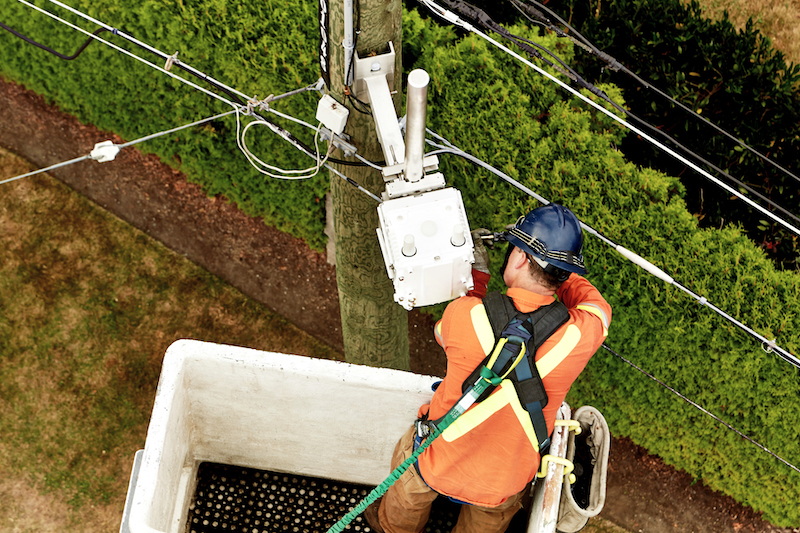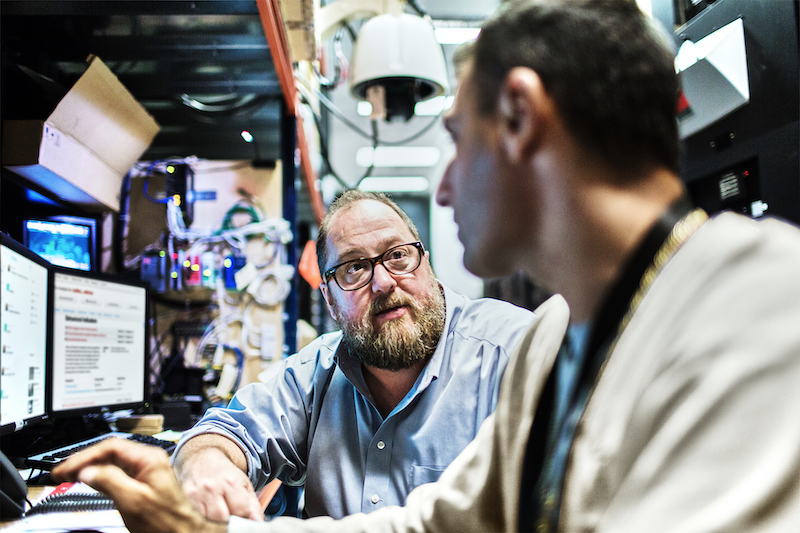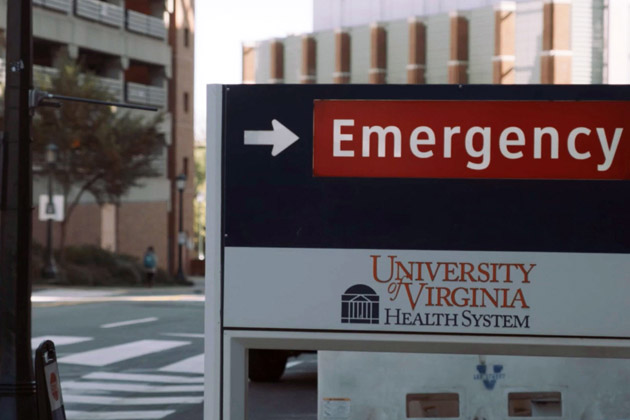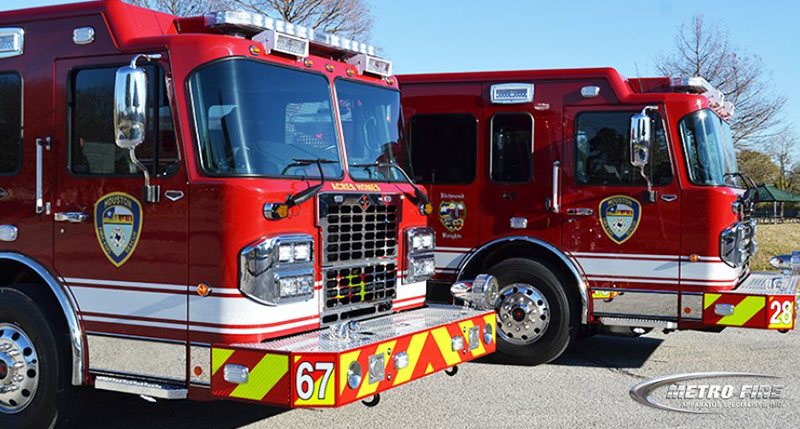In today’s installment of our #FutureofPublicSector series, we explore the myriad of challenges threatening public safety and the technology solutions that are emerging as governments and public sector leaders endeavor to keep citizens, cities and nations safer than ever.
Arguably one of the most pressing challenges for governments and public sector agencies today is maintaining and enhancing public safety. Within the next 10 years according to one market data firm, the public safety market is expected to reach $38.98 billion: a stark increase from the $8.5 billion spent in 2018. Analysts attribute this demand to several factors: increasingly empowered citizens; changing demographics, like bursting populations and rapid urbanization; the growing threat of climate change and the consequential natural disasters that follow; dwindling resources – both environmentally and economically; and of course, unprecedented connectivity and data.

Evolving Threats in Public Safety
Much of community safety in the future will not just be about police and crime. It will be the power company predicting an outage before a life-threatening winter storm. Or the transportation department decreasing congestion to reduce hazardous air pollution. It will be the office of emergency management deploying sensors in remote locations to detect flash floods early.
With an increasing scope of threats, it is no surprise that public sector and government leaders are turning to technology to solve the pressing challenges of today and prepare for those that will emerge in the future.

Tackling the Root Causes
Two fundamental challenges that have plagued community safety are the sharing of information and the coordination of response(s). While these two issues have been pervasive for years, technology has now matured significantly, such that there are now solutions to tackle these root causes and enable governments to coordinate faster responses, protect sensitive data and keep citizens safer.

Coordinating Faster Responses
When it comes to emergency response, every second counts. Some agencies, like the Department of Homeland Security in the United States have developed community resilience strategies, which aim to ensure that all levels of government, the private and public sectors, and individual citizens are better prepared for and can quickly recover from harmful incidents.
While few community leaders have a challenge understanding or agreeing to resilience models like this, putting the public safety models into place and coordinating an efficient action plan during crisis situations – like a targeted attack, natural disaster or accident – can become very difficult, very quickly. A key to success is effective real-time communication and collaboration across the multiple parties involved in emergency response.

Saving Lives
For example, during a mass violence incident in Virginia, the University of Virginia (UVA) Telehealth team relied on telecommunications to coordinate effective triage management between the front-line responders dealing with the injured citizens, the central staff located at the emergency command centre and healthcare professionals throughout the institution. Cisco technology transformed the way they prepared for and reacted to this crisis.

Reducing Operation Time from 90 Minutes to 20 Minutes
Similarly, the Houston Fire Department (HFD) relies heavily on instant communication and collaboration solutions to connect and share real-time information between the city’s healthcare providers and first responders. Receiving nearly 600,000 emergency calls every year, the HFS dispatch over 400 emergency services transports every day. Until recently, too many people were calling 911 about routine health treatments and following local protocol, the HFD were mandated to send a firetruck – and sometimes also an ambulance – to get the caller to an emergency room. This drove up healthcare costs for patients and made first responders less available to those that needed them most.
HFD’s mobile Emergency Telehealth and Navigation Solution (ETHAN) enables emergency response agencies to deliver traditional healthcare faster and more cost-effectively. As a result, first responders at HFD have reduced their total time away from the station from an hour-and-a-half down to as low as 20 minutes. This change ensures that the right resources are available for other emergency calls when they come in.

Protecting Sensitive Data
With the unprecedented connectivity and volumes of data generated today, cybercrime is a real threat to all of us. It is anticipated that in just two years’ time, cybercrime damages will cost the world $6 trillion annually – including damage and destruction of data and theft of personal and financial data and intellectual property. Governments and municipal organizations are increasingly attractive targets to criminals due to the volume of sensitive data they store and transfer across departments. As cities turn to more digital solutions to manage citizen services, hackers are finding more opportunities to break into these infrastructures and shut down services.
Governments and city leaders are challenged with knowing who is on their network and what they are doing at all times. But the real value in technology solutions is not just visibility, but also, the analytics tools that can sort through vast amounts of data to see patterns and trends to predict problems, mitigate impact, and recover public safety more efficiently.
The government of Durham County, one of the top five digital countries in the United States, is using Cisco technology to get network-wide visibility and advanced security analytics to stay ahead of evolving threats.
The Bridge to Possible
Defining the future of public safety is one of the most critical challenges we face today. Those systems we implement directly impact human lives and can mean the difference between a success story and horror story. Our technology solutions can be deployed as a force multiplier for better awareness, better prediction, more effective responses and rapid recovery to evolving public safety challenges.
We’d love to hear what you think. What do you think governments and leaders can do to keep us all safer? Comment below and stay tuned for the next installment of our #FutureofPublicSector series in the New Year where we continue our journey through public sector to focus on financing city digital transformations.







CONNECT WITH US